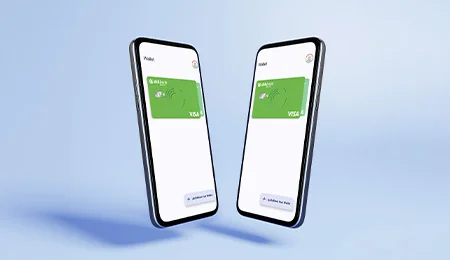
Interest Rate Collar
Guaranteed protection within
pre-set interest rates
The interest rate collar is a derivative financial instrument in which one party simultaneously buys an interest rate cap and sells an interest rate floor. By buying the interest rate cap, the client receives protection from an increasing reference interest rate index, and by selling the interest rate floor, the premium for buying the product decreases. The sale of the interest rate exposes the client to the risk of a decreasing reference interest rate index. When the reference interest rate index is higher than the interest rate cap level, the client receives the difference between the two levels. When the reference interest rate index is lower than the interest rate level, the client pays the difference between the two. In case the reference interest rate is between the two levels, the two parties have no obligations to each other. All payments take into account the notional principal for each period, the length of the period and the interest rate convention. The client pays a premium in advance for the interest rate collar. In a separate case, depending on the levels of the interest rate cap and the interest rate floor, the client may not owe a premium.
The reference interest rate index can be: Euribor – for transactions in EUR.
The frequency of payments depends on the maturity of the reference interest rate. For example, for one-month Euribor or one-month Libor, the frequency is one-month, and for three-month Euribor and three-month Libor, the frequency is three-month.

Term of interest rate transactions:
Usually, interest rate transactions are concluded for a period of up to 10 years.

Currency:
The currency of the proposed interest rate collar can be EUR.

Objectives:
The interest rate collar is used to hedge interest rate risk.
Target market of the product
The Interest Rate Collar is a financial instrument, which the Bank manufactures and distributes as a product. The table below sets out the criteria for determining for which client profile the product is compatible with or not.
Documents
-
Key Information Document Interest Rate Floor
PDF file
-
Key Information Document Interest Rate Cap
PDF file
-
Information on Costs IRO
PDF file
-
Product Description Reverse Interest Rate Collar
PDF file
-
Product Description Interest Rate Collar
PDF file
News
Contact Us

Customer Support
Share your opinion

Find a location
Explore our network of bank branches and ATMs



.webp)
.webp)
.webp)







